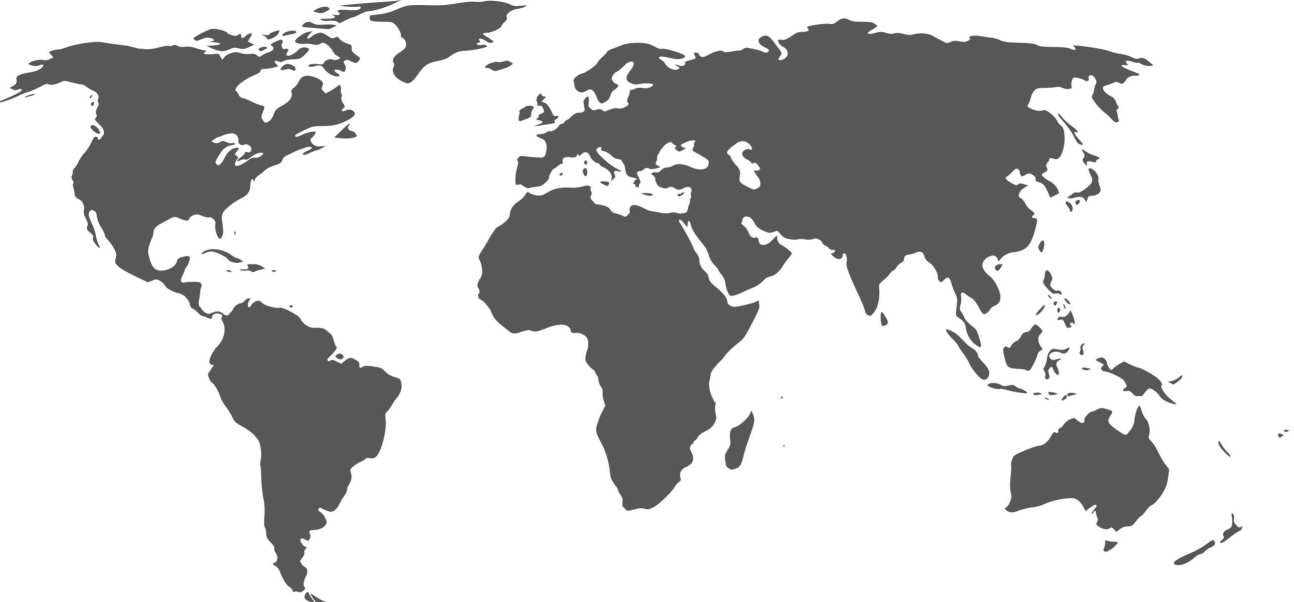
The case studies incorporate a range of contrasting national circumstances, covering three continents and include the world’s largest investors in energy R&D. They also include smaller countries that have become global leaders in specific technologies.
We outline the countries selected for case study below, alongside our rationale for doing so. Some of these are partnered with our energy technology case studies because the technology's development and/or deployment has been extraordinary in these countries.
China – It’s rapidly expanding energy market is the world’s largest. This case study will focus on wind energy where joint ventures between national and international companies raise key questions about technology transfer and the role of emerging economies.
Denmark - It has been a world leader in the development of wind energy and hosts one of the largest global wind companies. It has recently transferred its national energy laboratory, the locus of previous wind R&D, to the university sector.
European Union – The EU merits a separate case study because of its critical role in climate diplomacy and a step change in innovation efforts through the Strategic Energy Technology (SET) Plan and the Horizon 2020 Programme.
Finland – It spends more on energy R&D per unit of GDP than any other OECD country. Finland has been a global leader in mobile communications and has the second largest deployment of heat pumps per capita in the EU.
Germany – Renewable energy is transforming the German energy system. Energy R&D is well-aligned with EU activities and German energy R&D expenditure is second only to that of France. Germany is another indispensable case study.
Japan – It has few indigenous energy resources and has been a leader in energy efficiency. The Fukushima crisis has reinforced this need. Japan remains a major investor in nuclear R&D but has so far made only limited efforts in renewables.
South Korea – It has a rapidly expanding economy and is positioning itself as an exporter of energy technology, including nuclear. Korea has been chosen primarily because of strong public-private partnerships in the smart grid area.
United Kingdom – The UK has ambitious climate change targets and within a short period of time has made itself a world leader in offshore wind. However, the energy innovation system has been perceived as weak and fragmented. This project is intended to inform enhanced UK innovation efforts and better alignment with policy goals.
United States – The US energy revolution is being driven by the expansion of shale gas. At the same, State-level initiatives are promoting renewables and energy efficiency. These trends, plus the sheer size and scope of US innovation efforts, make this case study indispensable .